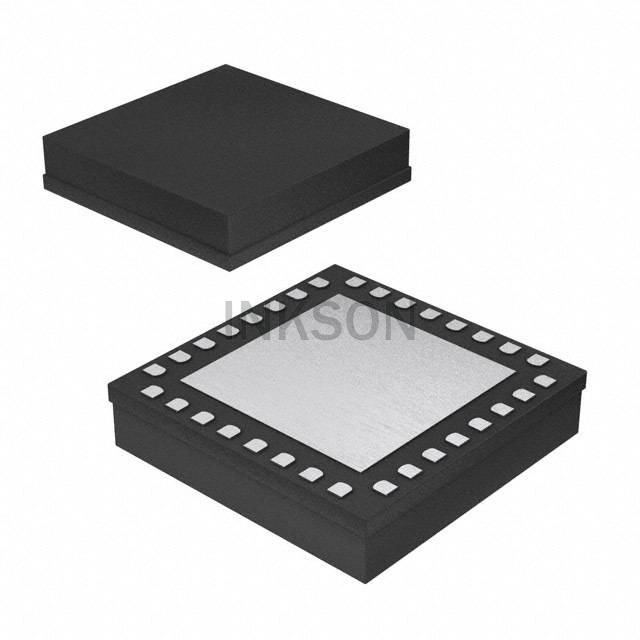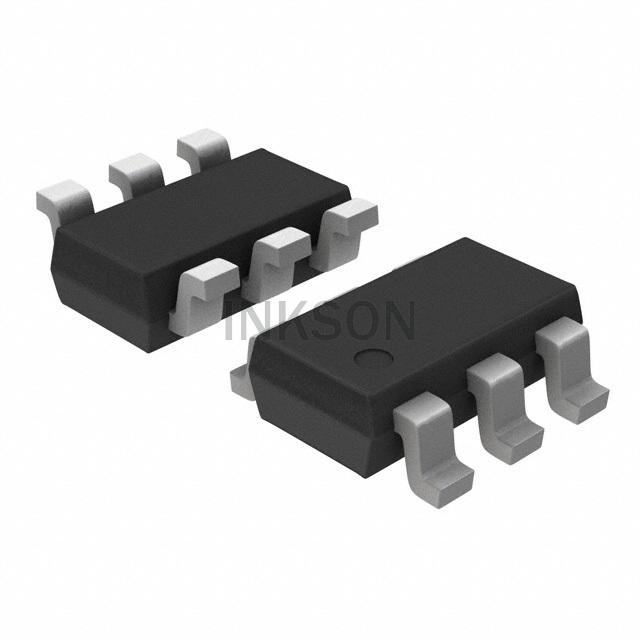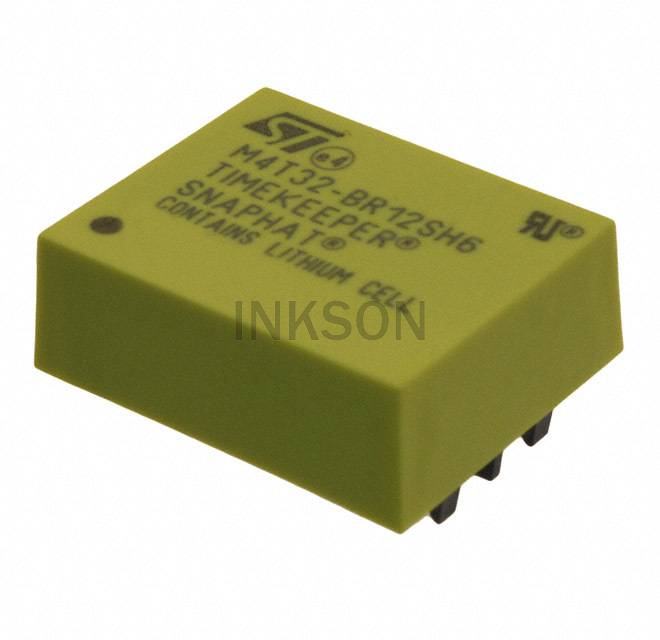The HMC511LP5E is a high-frequency, high-isolation, non-reflective SPDT switch designed for applications that require a combination of wide frequency operational capabilities and low insertion loss. This switch is manufactured by Analog Devices Inc. and operates in the RF and microwave frequency ranges. Here's an overview of its working principles, functions, and typical applications:
Working Principles:
The HMC511LP5E operates as a radio frequency (RF) and microwave switch, typically using solid-state technology such as gallium arsenide (GaAs) monolithic microwave integrated circuit (MMIC) switches. These switches generally use pin diodes and CMOS technology to facilitate fast switching and low insertion loss at high frequencies.
Functions:
-
Signal Routing: The switch allows for the selection and routing of RF/microwave signals between two different paths, effectively acting as a single-pole, double-throw (SPDT) switch.
-
High Isolation: It provides high isolation between its various ports, ensuring that signals on one path do not affect signals on the other path.
-
Low Insertion Loss: The switch aims to minimize the attenuation of the RF/microwave signal as it passes through the switch, optimizing the integrity of the signal during the switching process.
-
Fast Switching Speed: MMIC switches typically provide rapid switching speeds, allowing for seamless transitions between different signal paths with minimal distortion.
Applications:
-
Wireless Infrastructure: The HMC511LP5E switch can be incorporated into wireless infrastructure systems, including base stations and wireless communication systems, to facilitate signal routing and path selection in RF/microwave circuits.
-
Test and Measurement Equipment: Used in instrumentation, spectrum analyzers, and network analyzers to create test systems, switching matrices, and signal routing platforms for RF/microwave signals.
-
Military and Defense Systems: Deployed in radar systems, electronic warfare applications, and communications systems due to its high-frequency capability and reliable performance in demanding environments.
-
Satellite Communication Systems: Integrated into earth stations, satellite ground systems, and satellite communication equipment to manage and route high-frequency signals.
-
Aerospace Applications: Used within avionics systems, such as radar systems and communication systems, for high-frequency signal routing and switching.
-
Medical Imaging Equipment: Incorporated in medical devices such as MRI machines and other diagnostic equipment to facilitate RF signal handling and switching.
Additional Considerations:
When integrating the HMC511LP5E into a particular application, considerations should be given to the device's specific RF/microwave performance in terms of frequency range, power handling capabilities, and control voltage requirements. Matching the switch's operational parameters with the application's requirements is crucial for optimal performance and reliability. Additionally, thermal management and implementation of proper RF layout techniques should be considered to ensure signal integrity and minimize signal reflections.



